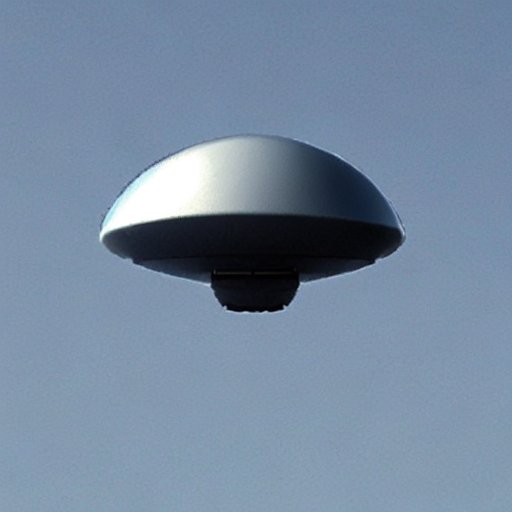IIRC stupid jump scares and stupid hidden bad guys, you had to constantly check the smallest nook and cranny.
Didn’t matter because the walls would open. It was terrible level design.
The people clamoring for traditional FPS flashlight took a lot away from the horror aspect. Being forced to choose between flashlight or weapon was great, sometimes I’d just be seeing from the muzzle flash. Having the flashlight and gun simultaneously ruined this deliberate disempowerment.
I played the shit out of this when it was released, really enjoyed it. Getting stoned and playing it in the dark on my Viewsonic P95f+ CRT was an absolutely blast.
Glad the article mentions Chronicles of Riddick: Escape From Butcher Bay because that was a really dope game of the same era that I rarely see mentioned.
The lack of game-feel is shocking, considering the Romero-less Quake 2 nailed a lot what’s missing. Q2’s peppy little shotgun and beeftank super shotgun made up for how spongy all the enemies got. The chaingun both let you obliterate scarce foes and quickly ran dry for very Aliens sentry-gun moments. The blaster was both gun and flashlight, and would’ve cast all kinds of sweeping shadows. The machinegun fucked with your aim in a way that was chaotic but controllable, instead of that inexcusable way enemies slap control out of your hands and tank your framerate with double-vision.
As a weird point of comparison - Jurassic Park: Trespasser had very early bump-mapping. I’m not sure the name was settled yet. But it did the effect in software, so it was slow, even on 3D-accelerated machines… and it only existed on physics-puzzle boxes and enemies trying to eat you. So the framerate was guaranteed to suck during precisely the times you needed it to not suck.
That kind of “oh come on” detail permeates Doom 3.


